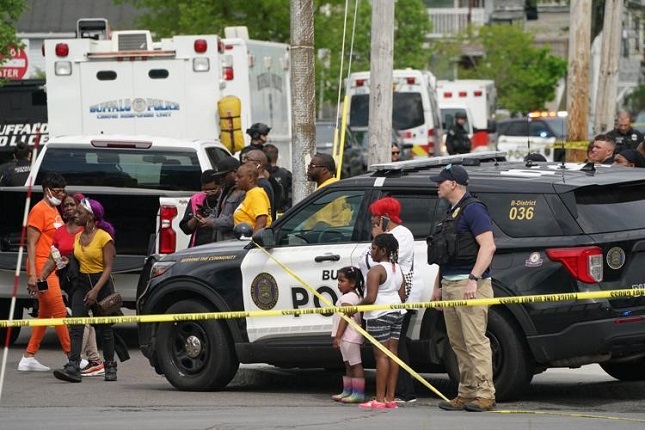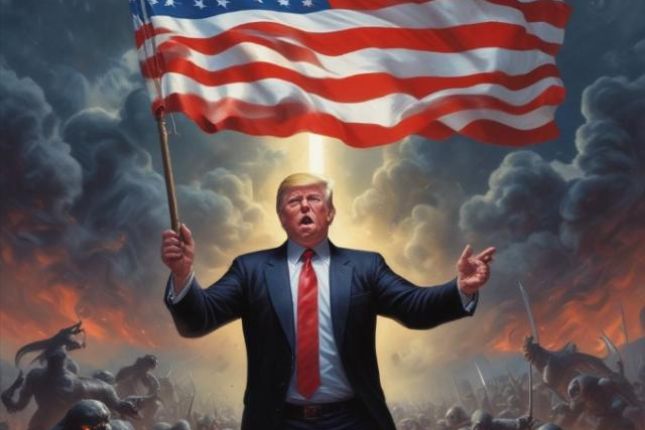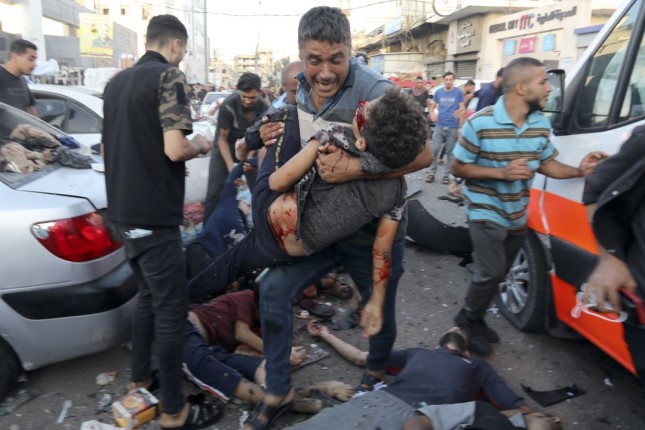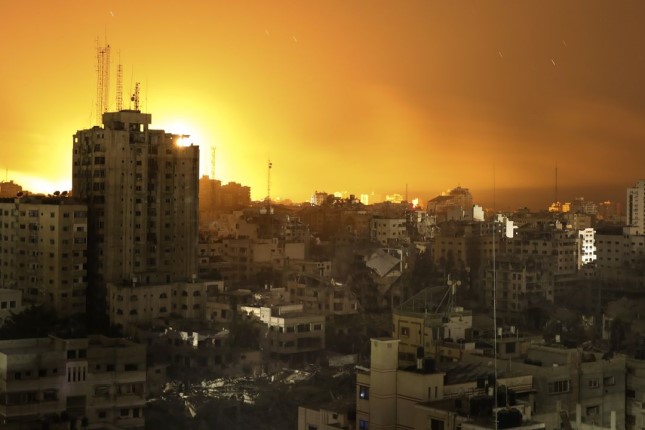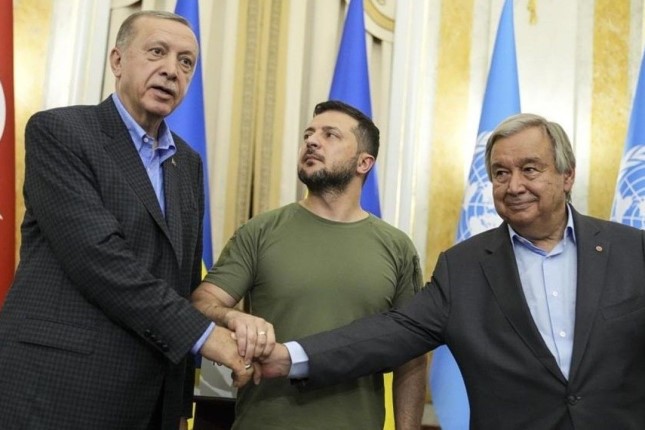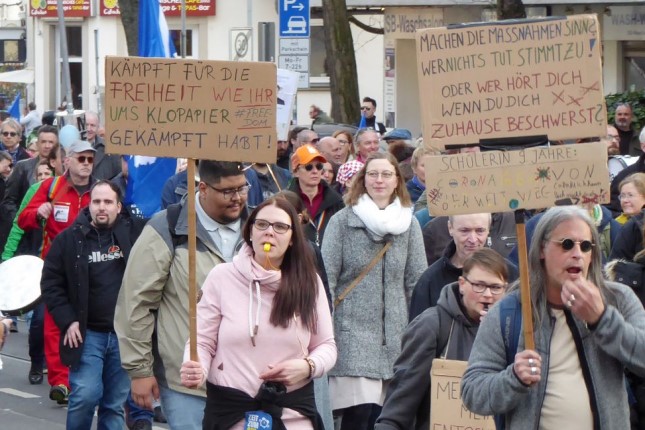On May 24, Salvador Ramos, 18, opened fire at Robb Elementary School in a small community of Uvalde, Texas, killing 19 students aged between 8 and 10 and two of their teachers. Following a brief siege, the shooter was finally shot and killed at the scene by the arriving police officers. Before unleashing carnage on the school, he had shot his grandmother (the woman survived but remained in a critical condition).
The massacre in Uvalde marks the 27th school shooting in a US school since the start of the year and is the second deadliest since the previous similar attack on an elementary school 10 years before. On December 14, 2012, 20-year-old Adam Lanza, after murdering his mother at their home, shot dead 20 children aged 6 and 7 and 6 teachers who attempted to shield the students with their bodies at Connecticut's Sandy Hook Elementary School. The shooter then took his own life. This mass murder that the Texas tragedy is now being compared to makes it the second deadliest attack on an American elementary school (after the 1927 Bath School Massacre) and the third deadliest assault on an educational institution (behind the 2007 Virginia Tech Shooting).
Ramos’ motives, or what he was like as a person, remain unknown. Ramos was a gun aficionado and worked at a fast-food chain. He bought both of the assault rifles he used in the attack right on his 18th birthday.
The Texas school tragedy again raises the issue of the need to impose some restrictions on the right to own firearms guaranteed by the Second Amendment to the US Constitution and advocated by the nation’s powerful gun lobby. This is the idea that has been for years strenuously objected to by the Republicans, whereas the Democrats have been calling for introducing some kinds of restrictions on gun rights.
As US President Joe Biden put it in his address to the nation following the tragedy in Uvalde: "When in God's name are we going to stand up to the gun lobby?".
The trouble with frequent school shooting incidents and the question of the freedom to own firearms are barely related, and if they do after all overlap, then only in part. Even though incidents involving firearms at schools and in other public places are known for attracting increased public scrutiny and attention, they are exceedingly rare, considering that there are millions of law-abiding owners of rifles and shotguns. In contrast, the relatively restrictive procedure for obtaining firearms by private individuals in countries like Russia has failed to provide an effective barrier against the young offenders who have committed several high-impact shootings at local schools and universities over the past four years.
US psychologist Peter Langman who spent years studying school shooters and their motives, believes that they fall under one of three psychological categories. These include psychotic personalities (individuals who feel alienated and isolated from society), traumatised individuals (victims of emotional, physical or sexual violence), and psychopathic personalities (individuals who are antagonistic to society and who do not appreciate other people and are capable of enjoying inflicting pain on others). The reasons why the representatives of these three types choose to point their firearms at others are different. Still, in all cases, they are equally far from their desire to avenge a school bully (little kids could not have possibly bullied either Ramos or Lanza) or the mere urge to put their new firearm to the test.
Studies of dozens of similar cases show that school shooters are primarily driven by pure hatred and a passion for violence for violence's sake. This is also true of the cases where shooters commit acts of mass violence not in educational institutions but, say, in grocery stores (as was the case on May 14 in Buffalo, New York, where an 18-year-old shooter, motivated by racial hatred, shot and killed 10 people before turning himself in).
According to the latest data released by the FBI, the frequency of such active shooter incidents grew by 53% in 2021. The evidence also suggests that shooters increasingly tend to target multiple locations at once, either moving between them throughout the day or opening fire at different locations over some time until caught or neutralised.
According to FBI Director Christopher Wray, the Texas tragedy is the latest example highlighting one of law enforcement's most significant concerns: the risks posed by lone-wolf actors, as the media often nickname them. As was the case with Adam Lanza before him or any other school shooters, Salvador Ramos acted alone. Not being members of any extremist group, they self-radicalised via the web. They typically do not have any contacts with like-minded people outside of social networks and dedicated forums, making the prevention of such crimes all the more challenging.
But what is it that motivates these young individuals who have often just recently reached the age of adulthood to take up arms and spread death about them? What makes them fantasise about mass murder - and suicide? Their misfortune is that they do not know what is worth living for. As the collective unconscious of all Americans, their minds are utterly devoid of any meaningful image of their future. The "American Dream," which could be summed up using a short formula -study, work, raise a family, and you will thrive - has been shattered. None of this works anymore. Today's young people have become the first generation in history to have lower living standards than those of their parents (often forced to continue living together with their parents because they cannot afford a home of their own). They realise that if nothing changes, they will never amount to anything. And where there is no future, who needs the present? "They are killing themselves along with the world they hate," says Olivier Roy, a French Islamic Studies scholar who has done a study on young radical Islamists. This astute observation is equally applicable to mass shooters as well. Granted, none of this should be construed as an excuse for the criminal acts these people perpetrate. What it does show, however, is that the root causes of the problem lie much deeper than just the issue of one’s unhindered access to firearms. After all, there are plenty of other ways to commit mass murder other than by shooting.
Statistics show that school shootings or similar crimes occurring in other public places have been rising for years. There is no reason to assume that this trend might be reversed, which makes it all the more urgent to examine the true motives behind such crimes and set up programs to improve the mental health of society at large and younger people in particular. Another topic worthy of further study is the role of social media in spreading various kinds of destructive concepts and ideas, especially among young people. Globalisation serves as a vehicle that enables hatred and violence to spread across the United States and to the farthest reaches of the world, including across the Internet. The only thing that could challenge this trend is something constructive and of equally global proportions. An image of a better future could and should be used as an example of such a constructive narrative
